- Blog
- Hybrid Cars: A Guide for Used Car Dealers
Drive Your Profits with Used Hybrid Cars: The Complete Dealer's Guide
Let’s take a look at the available types and the current market of hybrid cars for used cars sellers with main selling points and common concerns.
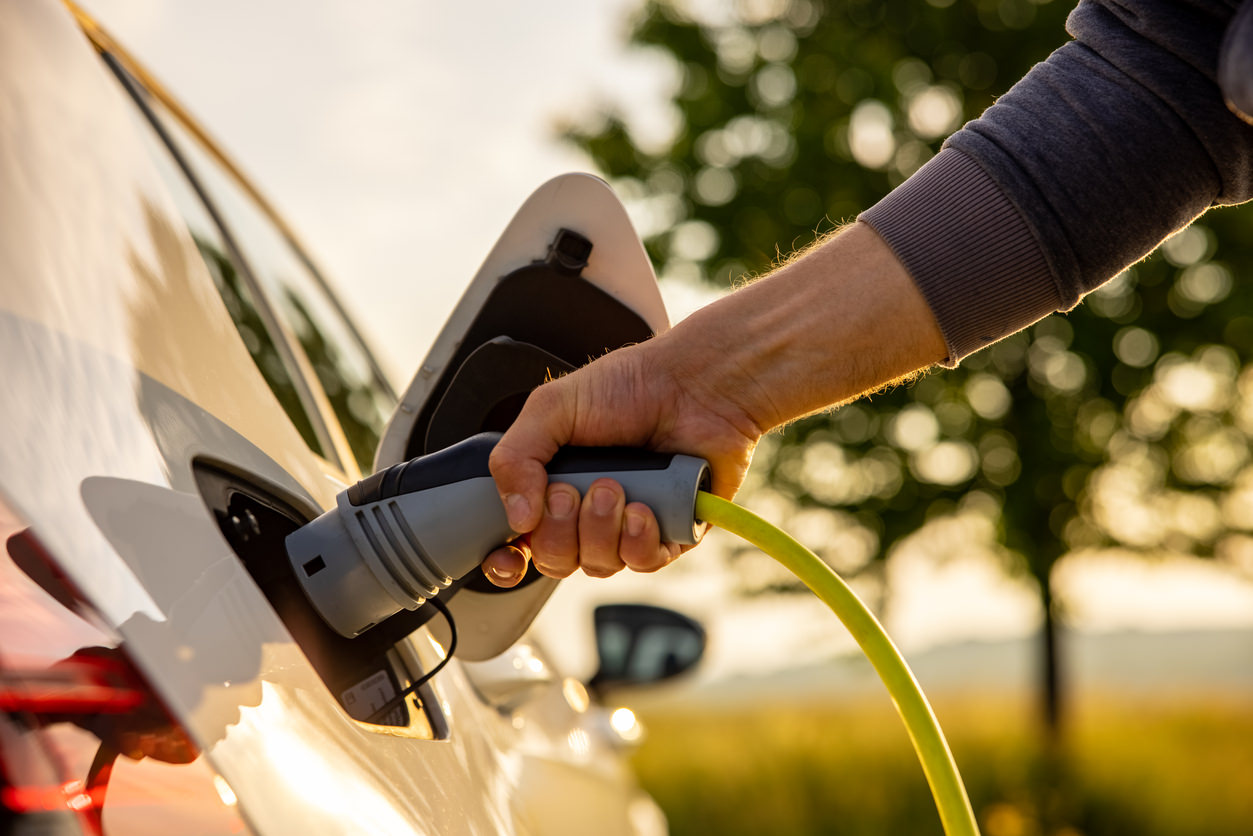
Hybrid cars have been around for decades and they present used car dealers with an excellent option for their buyers who are done with traditional ICE vehicles but aren’t yet ready to make the switch to full-electric cars.
In this guide, you’ll learn all about the different types of hybrid cars and their worth in todays market. You’ll also find a wealth of selling points to entice your buyers along with arguments to alleviate common concerns. Finally, we’ll give you some tips on what to watch out for when buying your hybrids.
Let’s get into it!
What Are Hybrid Cars?
The electric vehicle has long been humanity’s dream. However, as simple as the idea of a battery powered car may be, making it a reality has been a long process.
After all, batteries didn’t have the needed capacity to take drivers where they wanted to go for a long time and charging them takes considerably more time then simply filling up a tank. In addition to that, a whole new infrastructure needed to be built to ensure these dream cars could be charged without inconveniencing their owners.
The solution to the problem came in the form of hybrid cars. These mechanical miracles presented drivers with the best of both worlds. That’s because they’re powered by both an electric motor and an internal combustion engine. That way, drivers could enjoy all the benefits of an electric engine (namely, cheaper fuel) while also having the reliability of a petrol or diesel engine.
Stereotipically, hybrids are usually commuting or family vehicles because their build and cost-saving features are best aligned with those needs. But there’s more to hybrids than that. Today, almost all car makers offer a hybrid option, so buyers can opt for hybrid race cars, such as the Porche 918 or a hybrid pick up truck, like the Ram 1500.
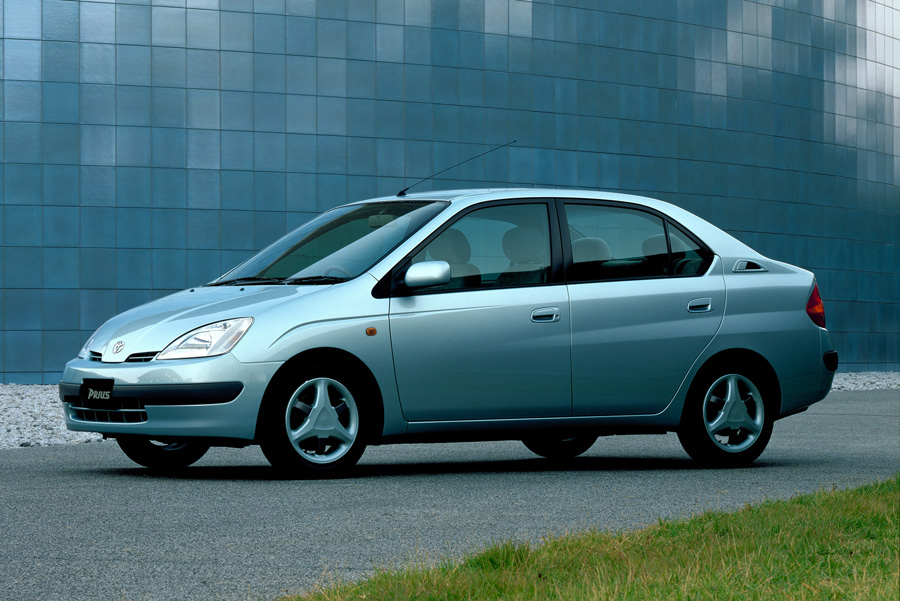
The 1997 Toyota Prius was the first mass produced hybrid car
So, to recap, the unique feature of the hybrid car is that it has at least one electric engine, as well as a high-voltage battery to store electric energy, in addition to the classic internal combustion engine to propel the vehicle. Sometimes it’s the electric engine that moves the car, and sometimes it’s the other one. Sometimes they can even work together.
Hybrid cars have come a long way since first arriving on the market. These days, we can talk about multiple types or categories of hybrid vehicles, which is where things get a little more complicated. Let’s see what they are.
What Are the Different Types of Hybrid Cars?
Different types of hybrid cars operate differently to reduce fuel consumption for their owners. While some of them can propel the car independently, others merely give the internal combustion engine a boost to help it use less petrol. Here are the four main types.
► Parallel Hybrids
This is the most common design for a hybrid vehicle. So common, in fact, the people usually just say “hybrid car” when they actually mean “parallel hybrid.” In this iteration, both the electric and petrol engine can work at the same time to move the vehicle forward (hence the name parallel).
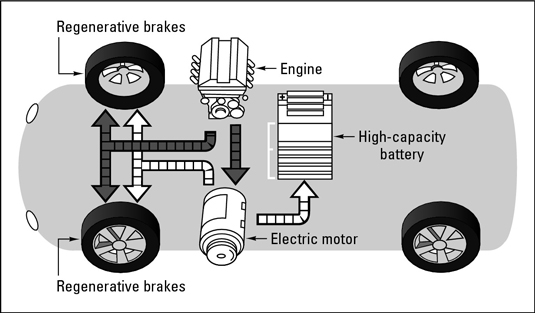
Parallel hybrids use the electric motor and ICE in tandem to move forward
And where does the electric motor get its charge from? In most cases, it’s powered when the cars is slowed down and brakes are used (regenerative breaking) as this kinetic energy is converted into electric energy by the motor which then serves as a generator.
► Series Hybrids
In this type of hybrid car, the engine has nothing to do with moving the vehicle in any way. The engine and petrol fuel is only used to charge the battery and it’s the electric motor that actually provides the locomotion.
Have a look at just how different these cars are to parallel hybrids, even though the term “hybrid” is used so interchangeably.
The feeling of driving a series hybrid is very similar to that of a full electric vehicle in that it provides a smoother ride with less vibration and sound than an ICE vehicle. However, the way these cars are built means that you’ll sometimes hear the engine rev up (charging the battery) at cruising speeds. Many drivers find this unsettling, so this might be useful information for your buyers.
► Plug-in Hybrids
This is the only type on our list that takes in power from an outside source. Plug-in hybrids need to be charged just like an electric vehicle, which is what made them an unpopular choice for a long time. But as car chargers become more common on roads and batteries can be charged much faster than just a couple of years ago, this type is actually poised to take over as the most popular hybrid car.
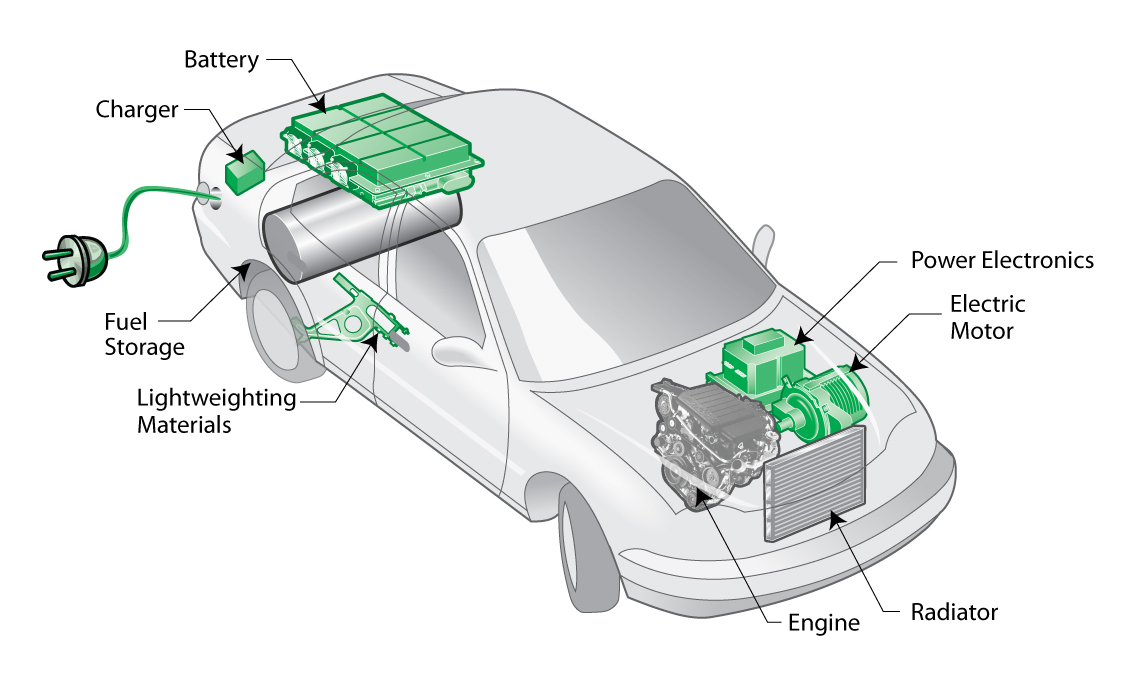
The increasingly popular plug-hybrid is the only type that needs an outside power source
The fact that these cars have a chargeable battery means they can provide owners with a better range and still keep driving on petrol long after the power is depleted. Drivers can also switch between electric and petrol drive whenever they need to, providing a safer driving experience when there are few charging stations around.
► Mild Hybrids
Last on our list, mild hybrids can’t actually propel the car using electric energy. What they can do is give your car a boost in fuel-heavy conditions, such as accelerating from a dead stop, or reduce the pressure of other systems consuming petrol, such as air conditioning.
So, basically, a mild hybrid is like operating an ICE car with the difference being that your car is always consuming an optimal amount of petrol, no matter if you’re putting it in motion or keeping it at cruising speed.So, as you can see, there’s a hybrid option for every need. Understanding the differences between hybrid types can help you offer your customers the very best solution to their driving style and car use.
Are Used Hybrid Cars a Good Investment?
Hybrid cars owe their popularity to the fact that they can cut costs for their owners in a very significant way. And these days, when there is so much uncertainty in the EU around gas prices, this can be a very powerful motivator for buyers.
But how much more fuel-efficient are hybrid cars really? Let’s take a look at what percentage of fuel each of the types saves for their owners, on average.
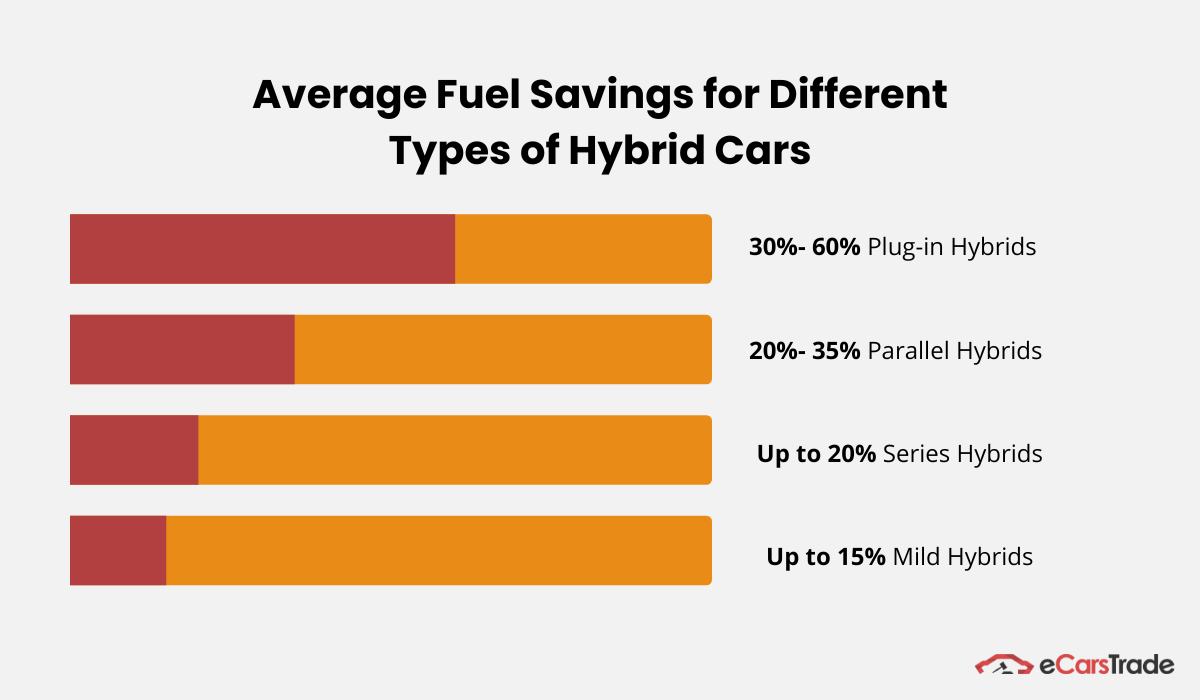
Illustration: eCarsTrade / Data: Greenamerica, Fueleconomy, Tycorun, Whatcar
Plug-ins seem the clear winner here, but remember that these cars need to be plugged in to an outside source, which also means there’s a cost. Also, a good rule of thumb to bear in mind here is that the hybrids that bring more savings are also more expensive.
This savings feature alone makes hybrid cars a good investment from the point of view of a car dealer, but that’s not the only selling point. Burning less fossil fuels in traffic is a very appealing feature to customers sensitive to environmental issues.
Finally, since many customers are still nervous about going fully electric, providing them with an option that uses both electric and petrol fuel opens up a space to sell a transitory car, something that will offer customers a good option for transitioning from ICE cars while the infrastructure around battery electric cars is still under construction.
All of this justifies the increasing popularity hybrids are enjoying on the European market. As a matter of fact, parallel and plug-in hybrid sales figures have risen by a minimum of 22% in the space of just one year from Q4 2021 to Q4 2022.
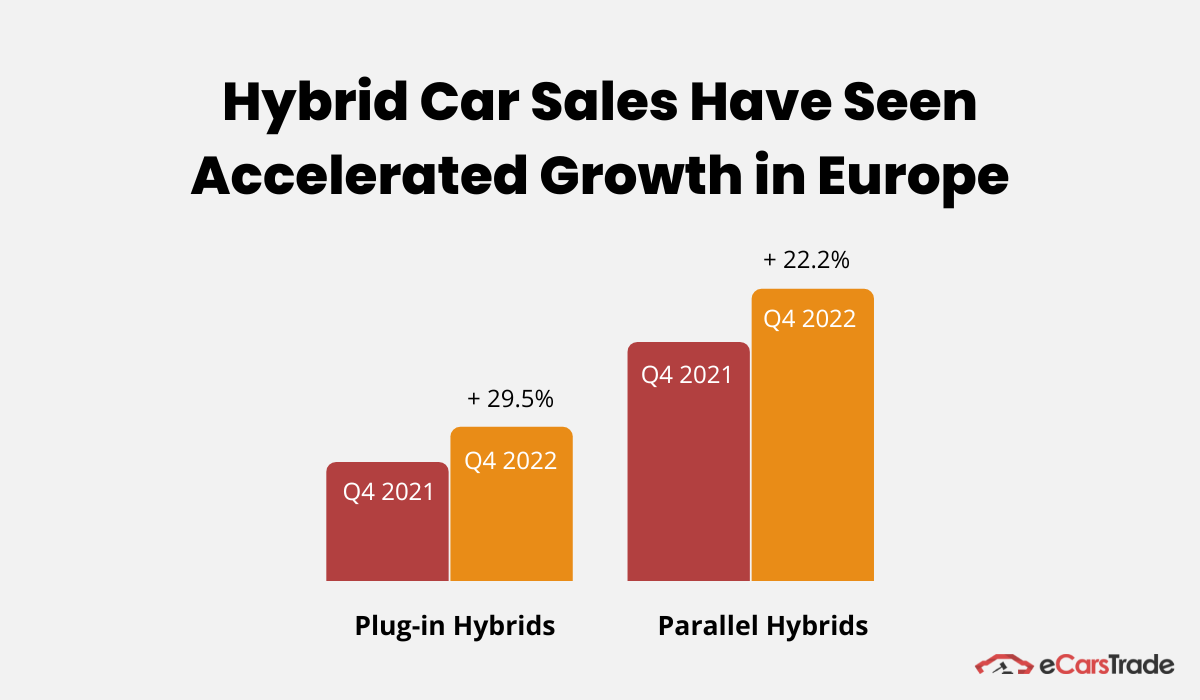
Illustration: eCarsTrade / Data: euro.news
All in all, we can definitely say that hybrid cars are a good investment for the modern car dealer. They’re fuel-efficient, environmentally sound, and reliable on any European road, arming dealers with a whole palette of arguments when they’re talking to their buyers.
Common Customer Concerns and How to Address Them
Now that we know the biggest selling points of hybrid cars, let’s address some of the common customer concerns and provide counter-arguments so you can drive away any worries your customers may have when considering these vehicles.
► Concern #1: Hybrid Cars Are a Relatively New and Untested Technology
While it’s true that hybrid cars have recently become more popular due to their ability to cut fuel consumption in an age of great concern for the environment, the truth is that they’ve been around for decades. Remember, the first mass produced hybrid car was the Toyota Prius way back in 1997. In that time, hybrid cars have more than proven their worth.
In fact, according to some estimates, Toyota hybrids alone have replaced more than 10 million ICE powered cars globally, which, you’ll agree, has given us enough data points to conclude that these cars are safe and worth looking into.
► Concern #2: Hybrid Cars Need More Maintenance Because They’re Unreliable
This one also comes from people’s unfamiliarity with hybrid vehicles. And on the face of it, the argument does sound logical. After all, hybrid cars have two distinct engines, so maintaining them must be more complicated, right?
No, not really. Today’s mechanics are more than accustomed to dealing with hybrid cars and having two engines actually means there’s less pressure on each of them in driving conditions.
And if anybody expresses concern about the hybrid car’s battery, you can tell them that most manufacturers actually guarantee battery health for longer than people actually use a car. For example, Toyota provides a ten-year, 150,000 mile guarantee for their batteries.
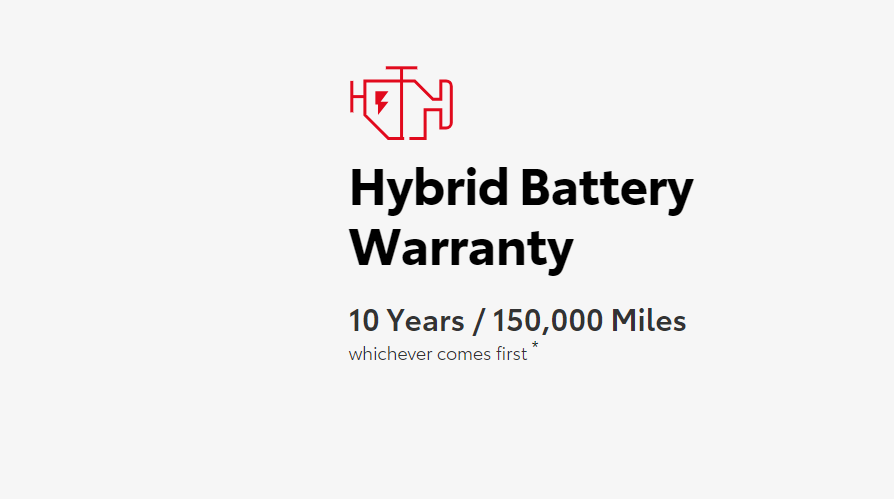
Toyota hybrid batteries have a ten year battery guarantee
That should ease most customer’s minds and prove to them they won’t be spending any additional time in the shop with their car, even if they bought it used.
► Concern #3: Hybrid Cars Are Underpowered and Lack in Performance
Well, that depends on the car. While most people buy hybrid cars for fuel economy reasons, there are numerous hybrid models built for speed and performance. In fact, some models use the combined power of electricity and petrol to provide a speed and agility boost.
Take the BMW 3 Series 330e. With a top speed of 230 kmh and 0-100 kmh time of 5.9 seconds, hardly anyone will ever feel a need for more power.
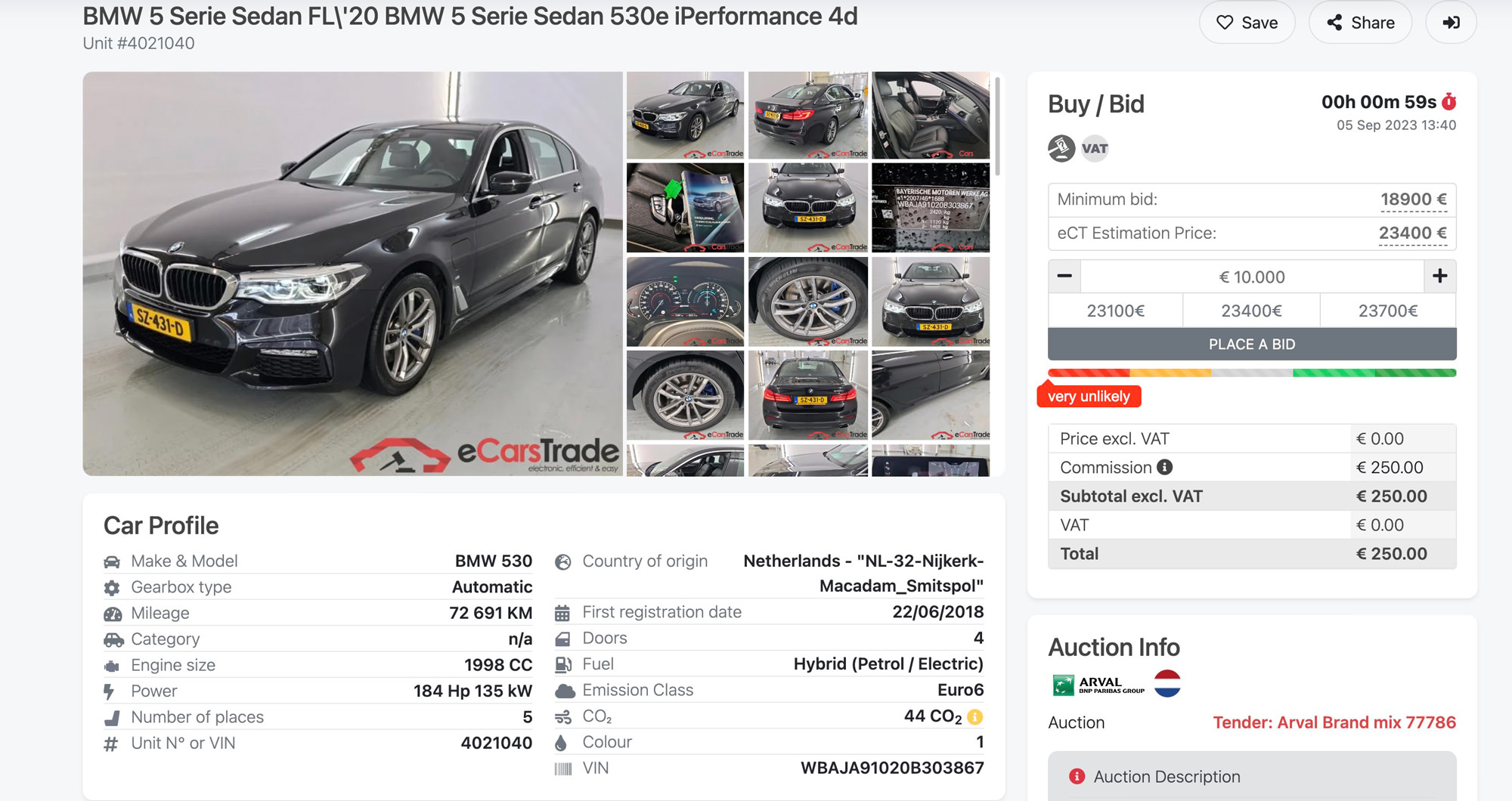 Just one of many high-powered used hybrid models you can find on eCarsTrade
Just one of many high-powered used hybrid models you can find on eCarsTrade
One thing you can guarantee to your customers is that the perfect hybrid car exists for absolutely any set of needs, even high road performance.
Hybrid cars have been around for literal decades. In that time, practically all disadvantages and concerns have been worked out. Today, hybrid cars are some of the most reliable and best-performing cars you can get for your money.
What to Look for in a Used Hybrid Car
After reading about the benefits of hybrid cars, we’re sure you’re eager to start offering these types of vehicles in your used car dealership. That’s great and we want to help you choose the best stock, so here are some of the things to watch out for.
Firstly, it’s a good idea to avoid first-generation hybrids. Hybrid cars have been around for a while, but still less then ICE vehicles meaning a lot of the older models will still have some kinks that were only worked out in the later models. Plus, these models will have a lot of mileage on them, meaning more maintenance can be expected.
Secondly, bear in mind that car batteries lose their ability to store energy over time. Even in models that are just a couple of years old, the battery will have lost some of its capacity. Fortunately, as we’ve already said, hybrid car makers offer a very long guarantee on their batteries so all you have to do is make sure that you’re buying cars that still have their battery guarantee so you can get the battery replaced if you need to.
Another element unique to the hybrid is the breaking system. Since parallel hybrids use the electric motor to slow down and capture energy, the traditional braking system will get used less. So what you’ll want to do is pay extra attention to the braking system to make sure it’s not rusty due to less frequent use.
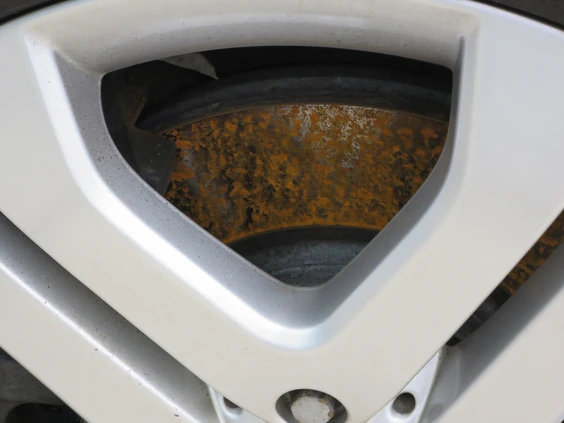
Less braking is a good thing, but it can result in a bit of rust
Finally, make sure that you’re always buying cars with an impeccable service history because that’s the only way to guarantee you’re getting what you’ve paid for. Used car platforms like eCarsTrade will guarantee service history for all of their cars and provide the necessary documentation so make sure you’re working with a dependable seller.
Your buyers deserve the best hybrid models available on the market, so take these precautions and you’ll be able to keep your customers happy and taken care of on the road.
Hybrid Cars: The Way of the Future
We hope this guide has convinced you that hybrid cars aren’t just a safe investment. In times of environmental concern and unstable fuel prices, they are the smart choice for you and your buyers.
Now that you’re armed with all the information you’ll need to make your first buy, head on over to eCarsTrade to browse our diverse selection of high-quality used hybrid cars to enrich your dealership.
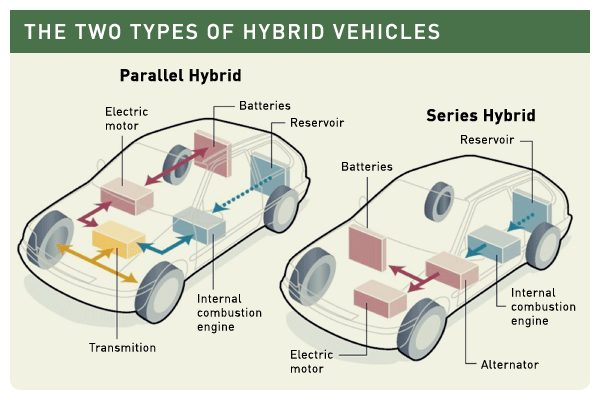
_01JE9WH8CRTMG3B3WDH56WNJHD.png)

